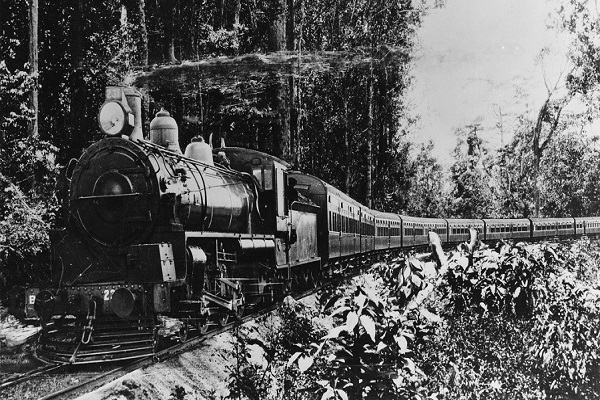History of Rail
Evolution Of The Rail Industry In Australia
The rail industry is an enduring one with the first rail systems in the country built long before the federation was formed in 1901. This means the rail system in Australia is older than the country itself. The first rail systems in the country were built in the mid-1800s, 1854 to be precise. This was when the first steam railway linking Melbourne and port Melbourne began. Soon after that, the railway system started developing in the colonies. At first, the rolling stock and track were imported, but the growth of the rail systems here soon changed that, and by the 1880s, the equipment was being produced locally. The first government-owned railway was in NSW. It opened on 26 September 1855.
The first railways were operated by private companies, but the project was a capital intensive one which meant that there was a shortage of funds. This led the government in each colony to take over the job of developing their railway system. At that time, the goal was to link the hinterland to the major seaports for exports and in most cases, the seaports were in the capital cities. The planners did not give much thought to the idea of connecting the railways with other rail systems to have a network.

By the time the colonies joined together to form a federation in 1901, every state in Australia apart from Western Australia was connected by rail with over 20,000 km of track already laid. Each of the states adopted different types of tracks which would later affect the harmonisation of the rail system and effective interstate rail services for some years. New South Wales used 1435 mm which is the European standard gauge, Victoria and South Australia adopted 1600 mm which is the broad Irish gauge, and Western Australia, Tasmania, Queensland, and some parts of South Australia built with a narrow 1067 mm gauge.
Thus, a person who is travelling from Perth to Brisbane through east-west crossing needed to switch trains six times in 1917. This incompatibility was a serious problem which reached a crescendo during the second world war when transporting personnel and goods throughout Australia was greatly impaired. This problem was gradually rectified such that by 1970, a passenger could travel on the same train from Perth to Sydney. Today, the three different guys are still in use, but all the capital cities are connected by a uniform gauge.
Steam locomotives were also heavily in use in the early years of the rail industry and continued till the 1950s when diesel-electric trains were gradually introduced. By the 1970s, the steam locomotives were all gone, and today, they only exist for tourist trips along scenic routes in Tasmania, Victoria, and New South Wales.
Today, suburban electric trains can be found in Melbourne, Sydney, Brisbane and Perth.
